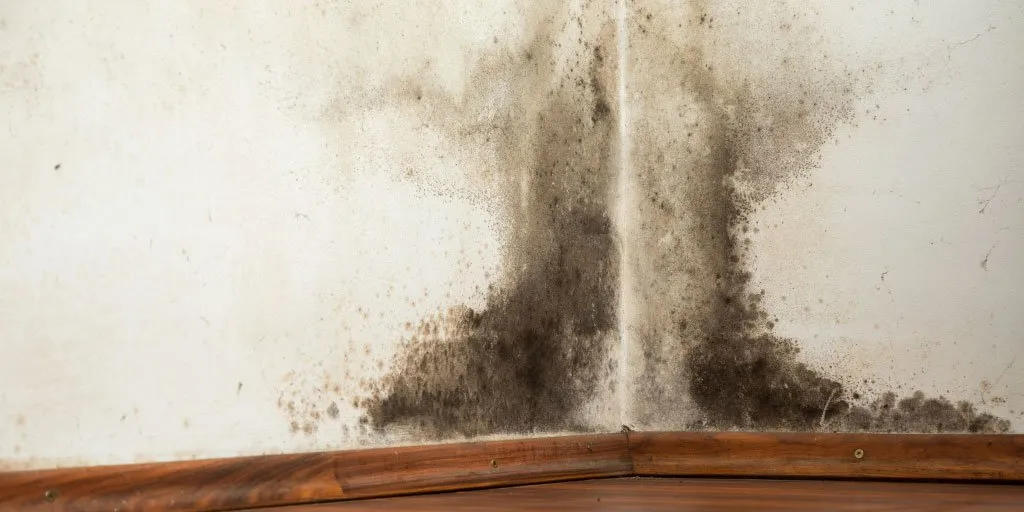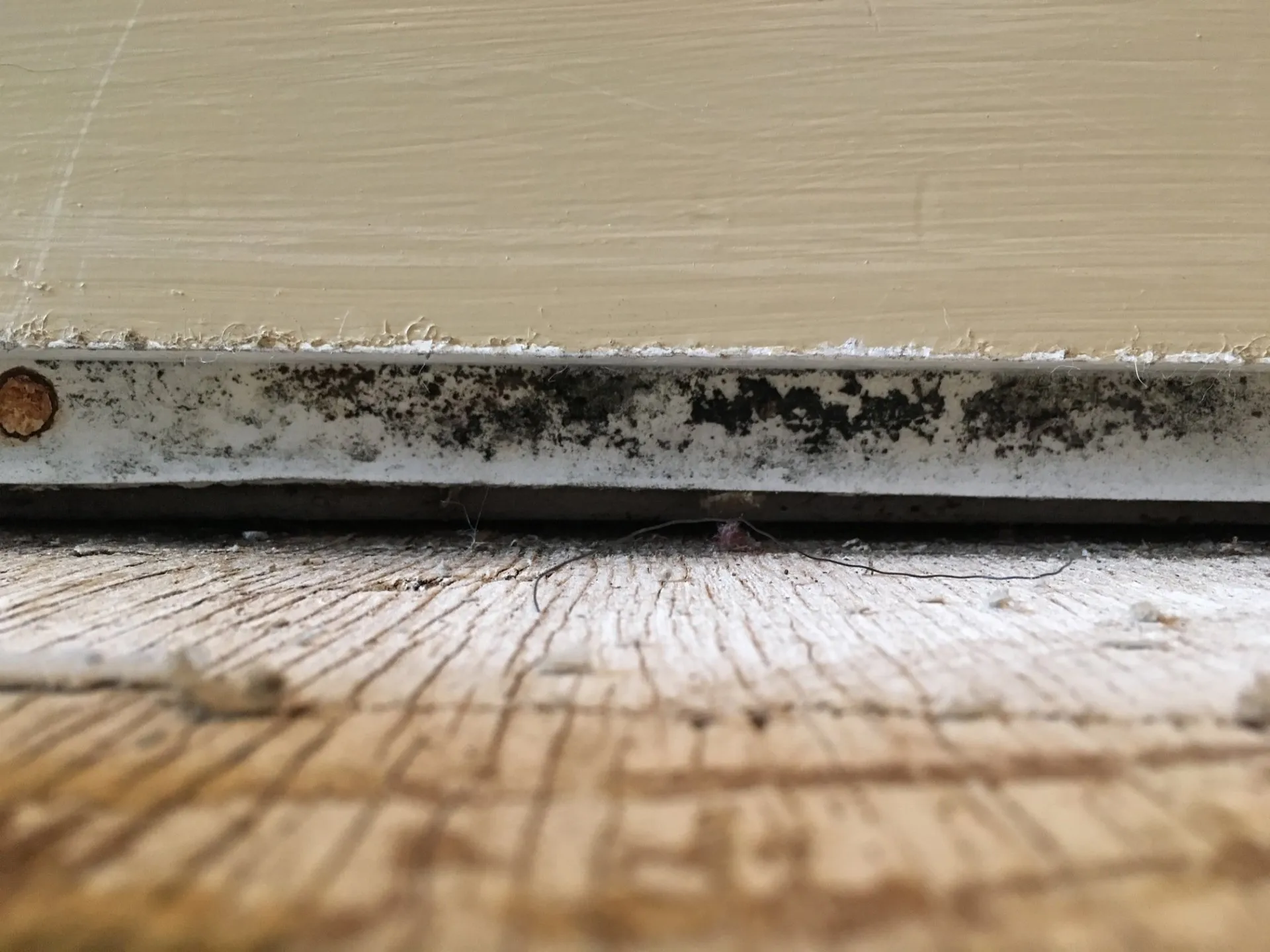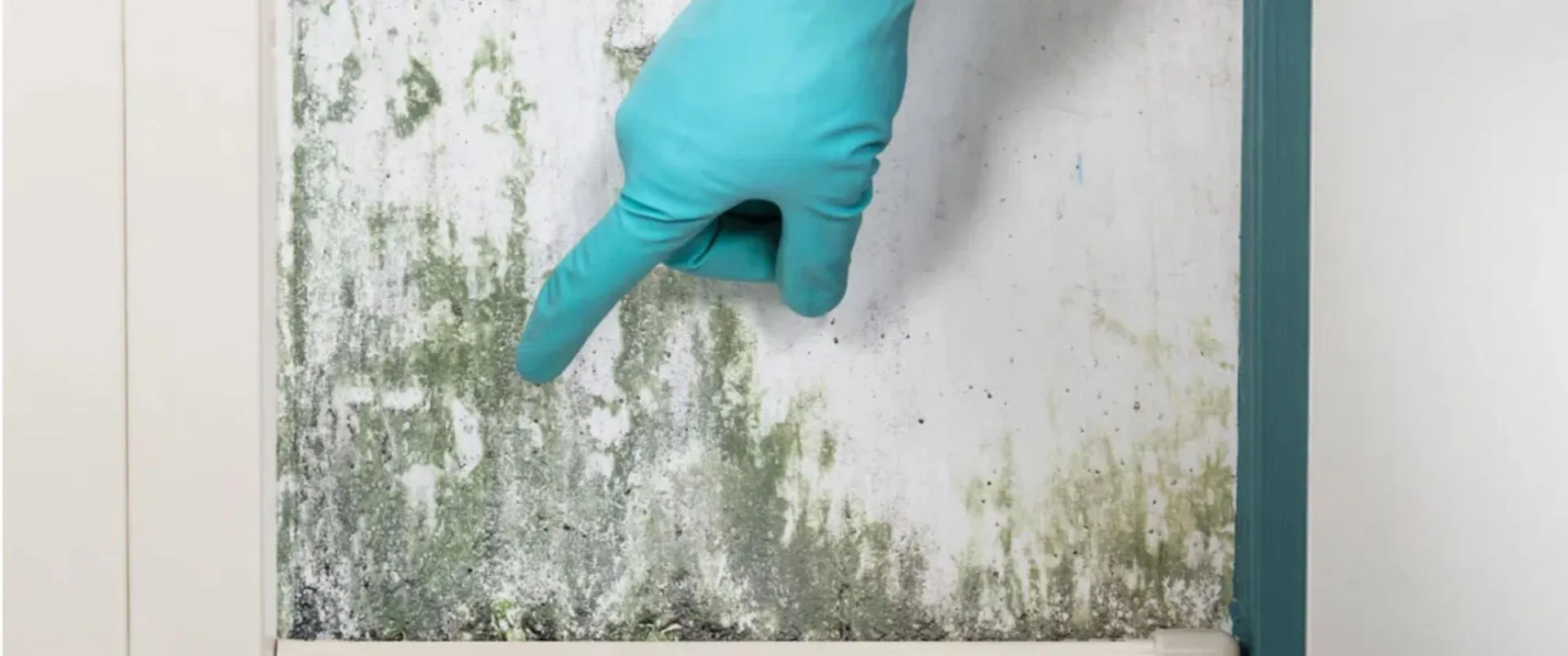
Different Species Of Mold
So, What is Mold?
Mold is a form of fungi. Like many other forms of fungi, mold thrives in warm, moist conditions. If given the opportunity, invasive indoor mold growth will spread rapidly – in as little as 24 to 48 hours to be exact. Mold is opportunistic. It’s completely natural and relatively harmless for there to be some level of mold spores in the atmosphere inside your home. However, it is important to be able to discern the difference between normal mold spore count in the air and abnormal fungal development on porous building materials. Abnormal mold growth takes place when naturally occurring mold spores are given the chance to settle onto porous materials, are given a moisture source, and given the opportunity to spread. When indoor levels of mold spores exceed natural outdoor levels, you know there is a problem. Wood, drywall, insulation & even furniture can easily harbor moisture and be prone to mold damage. If left to continue to spread, mold can easily diminish the structural integrity of your home, and potentially pose a health & safety hazard.
Possible Health & Safety Implications of Indoor Mold
Any healthy adult human being’s immune system is able to easily adapt to the natural surrounding environment. That being said, naturally occurring outdoor mold spores, in small quantities, can be easily fought off by a healthy immune system. However, prolonged exposure to large quantities of indoor mold contamination have proven more difficult for some people’s immune systems to fight off. Keep in mind that everyone’s sensitivities are different, and reactions to mold exposure will vary per individual. The mycotoxins given off by mold can be especially irritating to individuals with allergies, asthma & other respiratory troubles. Symptoms of mold sensitivities include:
- Coughing & irritated throat
- Sneezing, runny or stuffy nose
- Wheezing
- Irritated eyes
- Rash & skin irritation
Signs of Mold Development
In addition to the potential health & safety implications mold can cause, mold also poses a severe risk to the structural integrity of your home. This is why it’s so important for homeowners to be aware of the signs & handle any potential mold concerns as soon as possible. The longer mold has to spread, the more damage it will be able to cause. Mold can grow almost anywhere that provides moisture, warmth & a cellulose-based food source. Signs of mold growth in your home to look out for include:
- Excess moisture & excess humidity
- Condensation
- Musty odors
- Staining & discoloration on walls, floors & ceilings
- Previous water damage from leaks, floods or excess moisture
- Powdery, chalky or fuzzy substances settled on surfaces
- Peeling, bubbling or cracking of wall finishes
If you’ve noticed any signs of potential fungal growth in your home, it is important to take action as soon as possible. Contact a local professional mold remediation company in your Kansas area to assess the damage. A professional mold inspector will be able to assess the areas of concern, identify the source of the damage, determine the extent of contamination, develop a plan for remediation & recommend tips for future mold prevention. Early intervention is the best way to prevent mold from wreaking too much havoc on the structural integrity of your home. That’s why it’s so important that you understand how to identify signs of mold damage in your home.



